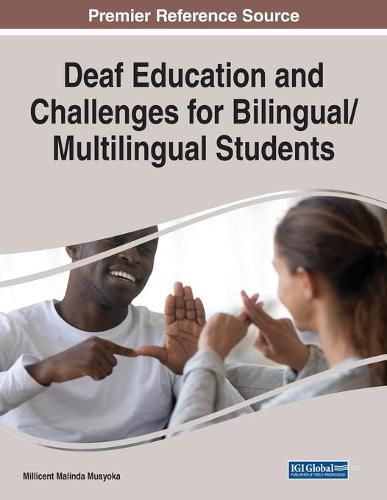Readings Newsletter
Become a Readings Member to make your shopping experience even easier.
Sign in or sign up for free!
You’re not far away from qualifying for FREE standard shipping within Australia
You’ve qualified for FREE standard shipping within Australia
The cart is loading…






This title is printed to order. This book may have been self-published. If so, we cannot guarantee the quality of the content. In the main most books will have gone through the editing process however some may not. We therefore suggest that you be aware of this before ordering this book. If in doubt check either the author or publisher’s details as we are unable to accept any returns unless they are faulty. Please contact us if you have any questions.
Biliteracy, or the development of reading, writing, speaking, listening, and thinking competencies in more than one language, is a complex and dynamic process. The process is even more challenging when the languages used in the literacy process differ in modality. Biliteracy development among deaf students involves the use of visual languages (i.e., sign languages) and auditory languages (spoken languages). Deaf students’ sign language proficiency is strongly related to their literacy abilities. The distinction between bilingualism and multilingualism is critical to our understanding of the underserved, the linguistic deficit, and the underachievement of deaf and hard of hearing (D/HH) immigrant students, thus bringing the multilingual and immigrant aspect into the research on deaf education. Multilingual and immigrant students may face unique challenges in the course of their education. Hence, in the education of D/HH students, the intersection of issues such as biculturalism/multiculturalism, bilingualism/multilingualism, and immigration can create a dilemma for teachers and other stakeholders working with them.
Deaf Education and Challenges for Bilingual/Multilingual Students is an essential reference book that provides knowledge, skills, and dispositions for teaching multicultural, multilingual, and immigrant deaf and hard of hearing students globally and identifies the challenges facing the inclusion needs of this population. This book fills a current gap in educational resources for teaching immigrant, multilingual, and multicultural deaf students in learning institutions all over the world. Covering topics such as universal design for learning, inclusion, literacy, and language acquisition, this text is crucial for classroom teachers of deaf or hard of hearing students, faculty in deaf education programs, language instructors, students, pre-service teachers, researchers, and academicians.
$9.00 standard shipping within Australia
FREE standard shipping within Australia for orders over $100.00
Express & International shipping calculated at checkout
This title is printed to order. This book may have been self-published. If so, we cannot guarantee the quality of the content. In the main most books will have gone through the editing process however some may not. We therefore suggest that you be aware of this before ordering this book. If in doubt check either the author or publisher’s details as we are unable to accept any returns unless they are faulty. Please contact us if you have any questions.
Biliteracy, or the development of reading, writing, speaking, listening, and thinking competencies in more than one language, is a complex and dynamic process. The process is even more challenging when the languages used in the literacy process differ in modality. Biliteracy development among deaf students involves the use of visual languages (i.e., sign languages) and auditory languages (spoken languages). Deaf students’ sign language proficiency is strongly related to their literacy abilities. The distinction between bilingualism and multilingualism is critical to our understanding of the underserved, the linguistic deficit, and the underachievement of deaf and hard of hearing (D/HH) immigrant students, thus bringing the multilingual and immigrant aspect into the research on deaf education. Multilingual and immigrant students may face unique challenges in the course of their education. Hence, in the education of D/HH students, the intersection of issues such as biculturalism/multiculturalism, bilingualism/multilingualism, and immigration can create a dilemma for teachers and other stakeholders working with them.
Deaf Education and Challenges for Bilingual/Multilingual Students is an essential reference book that provides knowledge, skills, and dispositions for teaching multicultural, multilingual, and immigrant deaf and hard of hearing students globally and identifies the challenges facing the inclusion needs of this population. This book fills a current gap in educational resources for teaching immigrant, multilingual, and multicultural deaf students in learning institutions all over the world. Covering topics such as universal design for learning, inclusion, literacy, and language acquisition, this text is crucial for classroom teachers of deaf or hard of hearing students, faculty in deaf education programs, language instructors, students, pre-service teachers, researchers, and academicians.